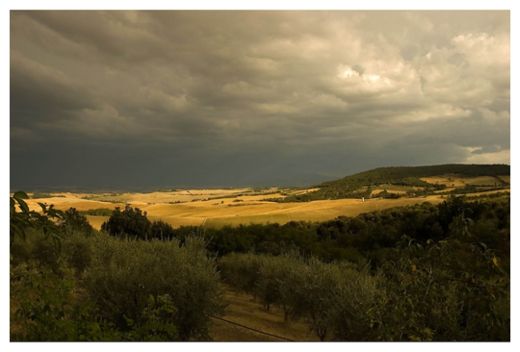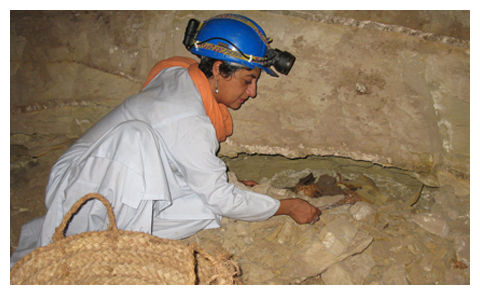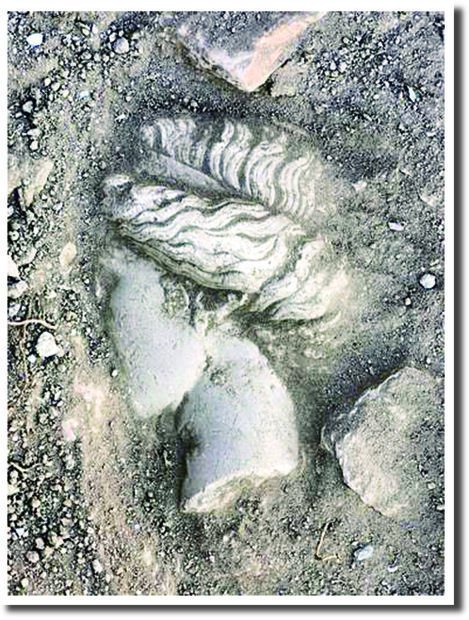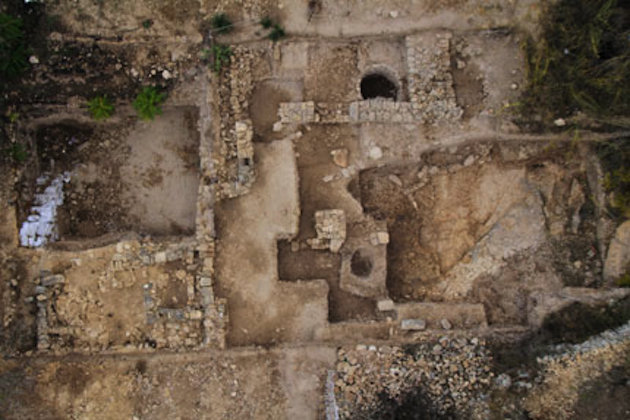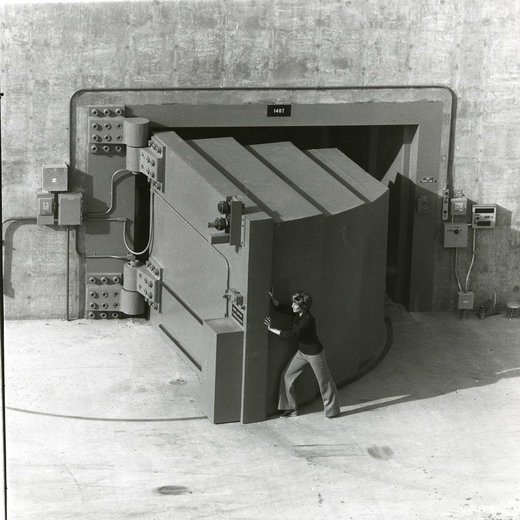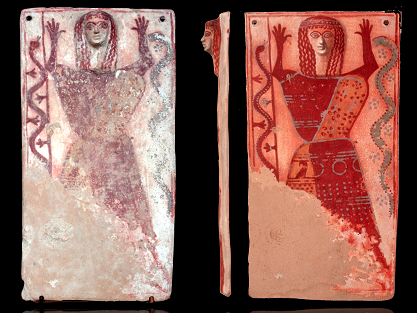
Once linked to the worship of the dead, the goddess is flanked by two snakes on a slab of terracotta about the size of a piece of notebook paper. She has her hands up above her head, which has given her the nickname "the touchdown goddess" thanks to the resemblance of the pose to a referee's signal. The goddess is painted in red, yellow and blue-green on a tile, with only her head molded outward in three dimensions. This unusual piece of art was found amid a jumble of gravel and other terracotta fragments in 1932 in what was once the Athenian agora, or public square.
The catch, however, is that the snake goddess isn't originally from the agora. The gravel and figurine fragments were fill material, brought in from an unknown second location to build a path or road in the seventh century B.C.
"Not only is our snake goddess unidentified, but she's homeless," said study researcher Michael Laughy of Washington and Lee University in Virginia. "She got mixed up in that road gravel, presumably obtained near the site of her original shrine."

